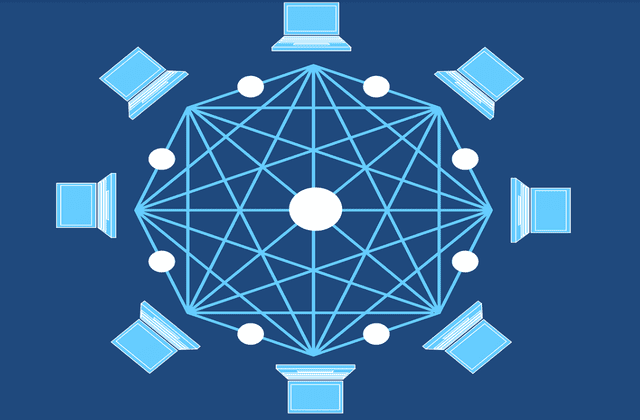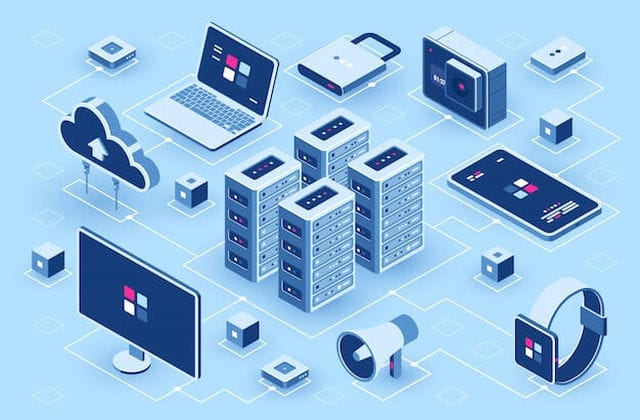What is the difference between blockchain and traditional databases? How to classify and what is the relationship with Bitcoin? Let's have a look

What is the difference between blockchain and traditional databases?
The database can be modified, managed and controlled by the administrator. The database will always have an administrator, and you can have full control of the database. They can create, delete, and modify any record in the database. They can optimize the performance and size of the database. The larger the database is, the slower the performance will be, so the administrator can take various methods to optimize it. The administrator can also transfer this permission to others. So the database is centralized.
Blockchain is a decentralized and distributed network architecture. It does not require a centralized database, and all nodes in the network will be connected to each other. Therefore, no one can control all nodes, and no administrator is required on the blockchain. What if someone in the node cheats? Will this affect the entire network? The theoretical answer is that if they get most of the computing power, then it is possible. In theory, if someone can control 51% of the computing power, he can control the network. This requires a lot of computing resources, so it is very expensive to generate attacks.
Therefore, if fraud is required, all nodes in the network need to be changed. In fact, this requires a lot of calculation and power, and is very difficult to complete. This is a way of supervision to ensure that no one can cheat anyone. This is why blockchains are immutable. At the same time, since the transfer information can be seen by anyone, the blockchain is also transparent.

How are blockchains classified?
Public blockchain network
The public blockchain is a blockchain that anyone can join and participate in, such as Bitcoin. Disadvantages may include: most public chain systems need high hardware resources to ensure security, and the privacy of transactions is extremely low or there is no privacy at all. These are important considerations for blockchain enterprise use cases.
Private blockchain network
The private blockchain network is similar to the public blockchain network, which is a decentralized point-to-point network. Its significant difference is that the entire network of the private blockchain is managed by one organization. The organization has full authority to control who is allowed to participate in and maintain the blockchain network. According to the usage, it can significantly improve the trust and confidence among participants. The private blockchain can run behind the enterprise firewall, or even be hosted within the enterprise.
Alliance blockchain network
Multiple organizations can share the responsibility of maintaining the blockchain. These pre selected organizations will decide who can submit transactions or access data. When all participants need permission and are jointly responsible for the blockchain, the consortium blockchain is an ideal choice for business.

The relationship between blockchain and Bitcoin?
Bitcoin is the first and the largest application of the blockchain. Blockchain is the underlying technology of Bitcoin. The birth of blockchain cannot be separated from Bitcoin. It can be said that there is no blockchain without Bitcoin. In other words, Bitcoin has all the advantages of blockchain.
Because the essence of the transaction is to "increase the amount decreased in account A to account B.". If people have a public account book that records all transactions of all accounts up to now, then for any account, people can calculate the amount it currently has. While the transaction information of Bitcoin is recorded in a decentralized ledger, the blockchain is precisely the ledger for this purpose, which saves all transaction records.
In the Bitcoin system, the address of Bitcoin is equivalent to the account, and the number of Bitcoin is equivalent to the amount.





























